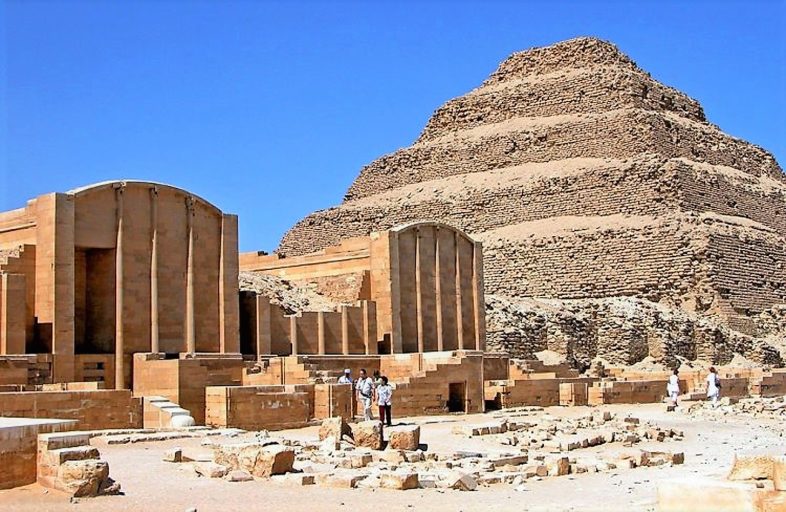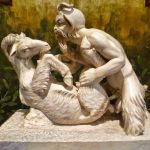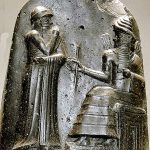Apparently, there are 24 facts about ancient pyramids most people don’t Know (Here) but the origin of pyramid itself is not one of them.
Suggested etymology of the word is this:
pyramid (n.) 1550s (earlier in Latin form piramis, late 14c.), from French pyramide (Old French piramide “obelisk, stela,” 12c.), from Latin pyramides, plural of pyramis “one of the pyramids of Egypt,” from Greek pyramis (plural pyramides) “a pyramid,” apparently an alteration of Egyptian pimar “pyramid.” Financial sense is from 1911. Related: Pyramidal (EOD).
Nothing here, then, but the entry is helpful due to the inclusion of French piramide which looks a nucleitic compound of *PR and *MD. The second Stone Age biliteral root (*MD) is one variant of three. The first is *MT and the second *MṬ. Each of the three variants is assinged a number of meanings a good selective combination of which would include “extend, relate to, death.”
The first Stone Age biliteral root of the French entry (piramide) is *PR, a very significant foundation of dozens of critical words in European languages including “pray as well as the migration (p > f) form “fertile.” In Ancient Arabic, the triliteral pr’ (*PR + ’) means “create, heal.” A variant subsitiuting the hamza (’) for ayain (‛) is the word for pharaoh: fir‛awn (فرعون).
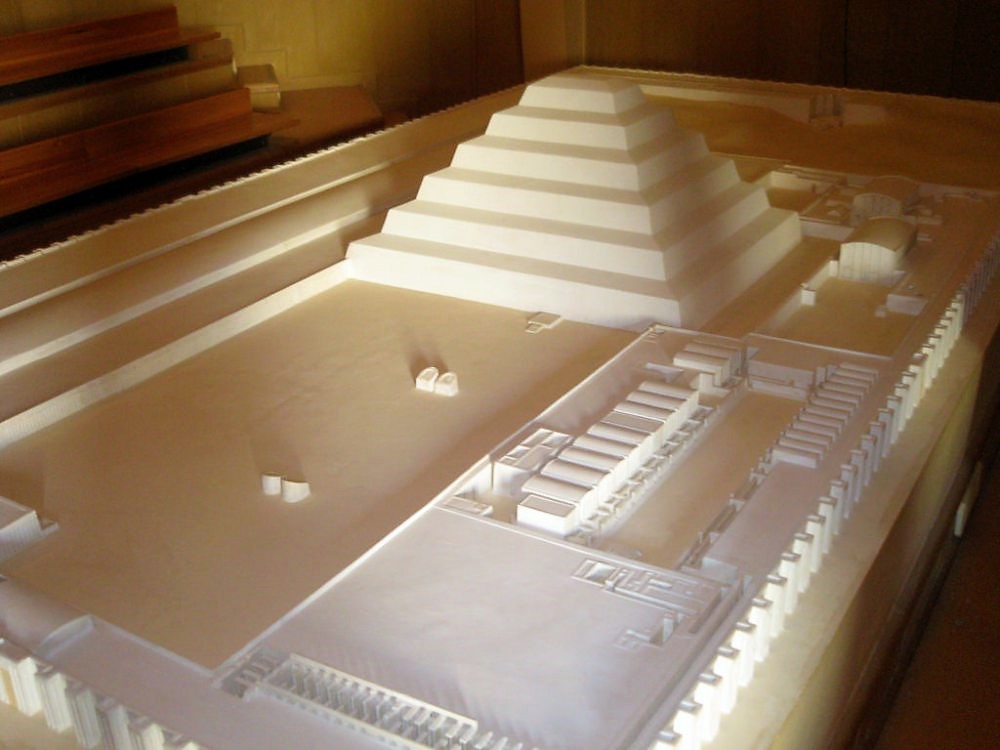
lavelociraptor.wordpress.com
What this means is that the French and the Greek named the pyramide “pharaoh, dead,” or a tomb for the dead pharaoh, revealing nothing of historical significance and the purpose of the great structures of Ancient Egypt.
The historical signficance and purpose of the the pyramids are clear in the surviving Arabic word for pyramid – haram (هرم). The word is attested in Lisan al-Arab but it is not used dialecticaly. The meanings include: advanced in years; aged; decrepit; old; old man; senescent; decrepitude; old age; senescence; senility; age; become decrepit; grow old, etc.
No one is more “advanced in years” than God, for whom a similar word, ’atīq “ancient, very old”, is an epithet. The pyramids, therefore, were built for God, the ancient one, before Europeans introduced a word that identifed the pyramids as tombs of dead pharaohs, a European corruptioon of the Ancient Arabic fir‛awn (فرعون). The Old English Pharon is said to derive from Latin Pharaonem which looks a borrowing from Arabic. The Greek Pharao and Hebrew Par’oh, are said to be from Egyptian Pero’, literally, according to OED “great house” but etymologically “branch,” or literary “a sibling” (Arabic fir‛ – فرع) assumingly from a larger dynasty of A‛adites or Ancient Yemenis and future Assyrians.
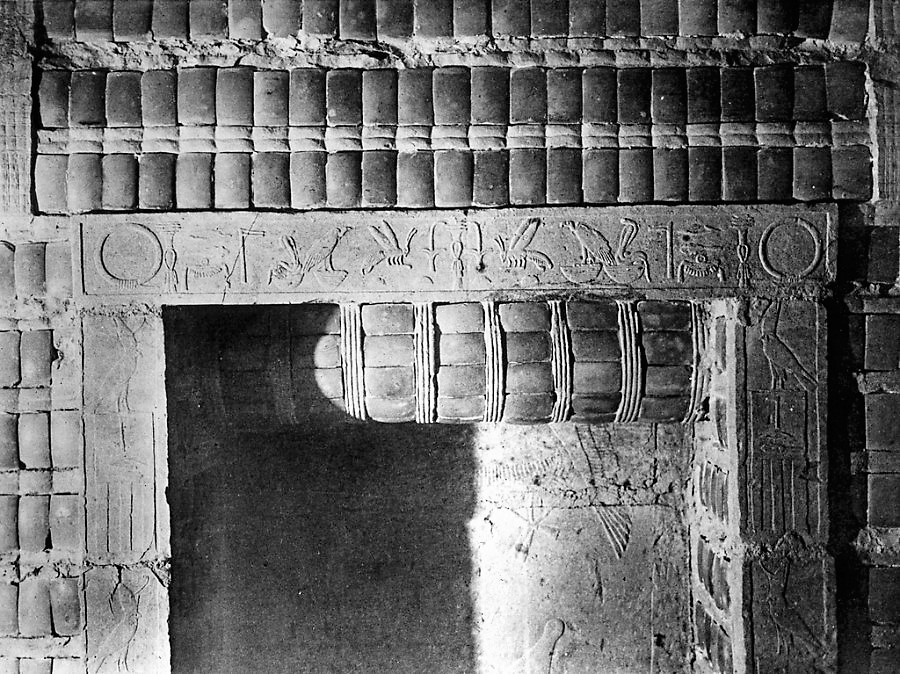
aldanov.livejournal.com
Clearly, pyramides were not built for tourists but the suggestion that they, or some of them, were built for the glory of God (Haram) and later for both God and Paraoah is a good answer. The argument may not be limited to the design and construction of pyramids but to their size, a factor that may have played a major part in choosing a simple design that supports the huge size of the pyramids so that God, in his high heavens, can see them and applaud the humans who built them.
But if this claim is correct, for which God were they intended?
Last modified: December 31, 2022

